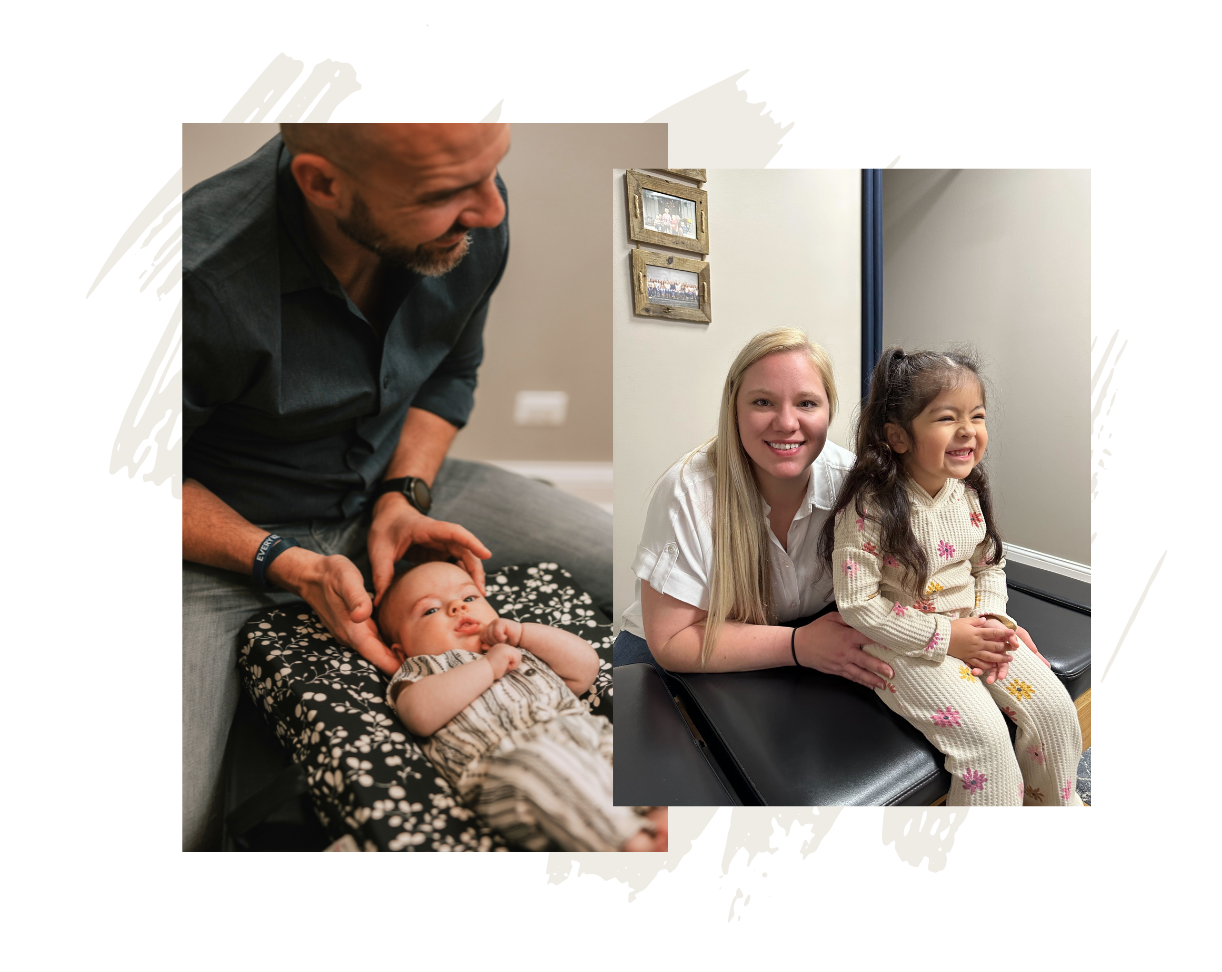While the seasons are changing, you may find yourself in a frustrating cycle...
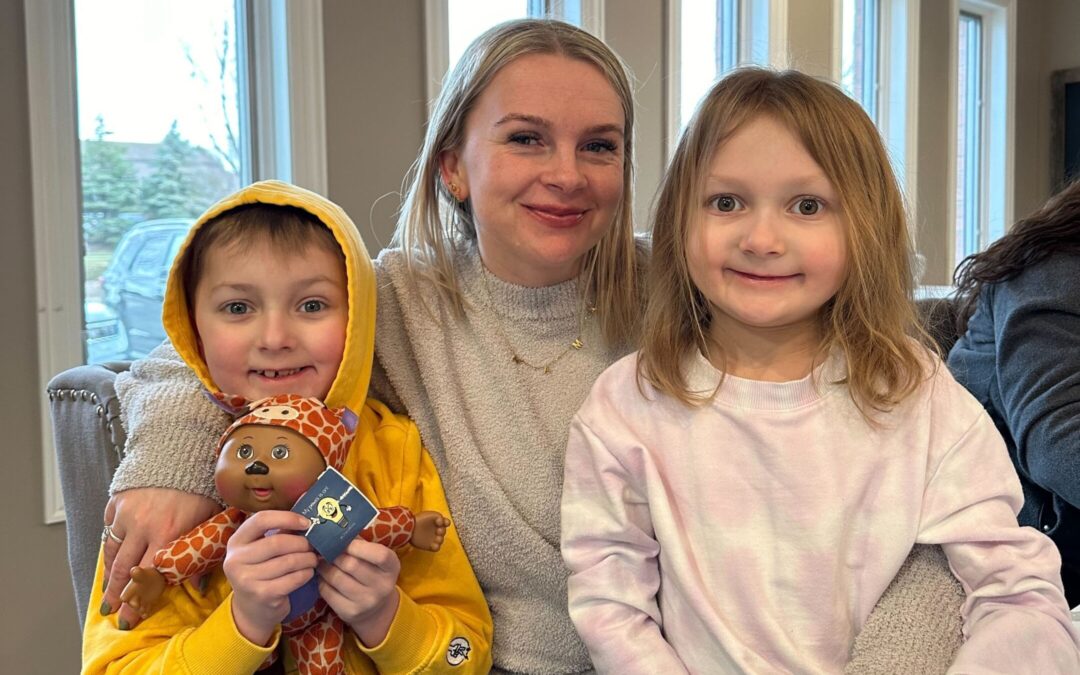
In order to reverse this “Perfect Storm 🌪” that nearly every family gets stuck in, we must “reverse” the hierarchy of health care for the family. Instead of going to medication and therapeutic intervention first, we should have a health care system that instead turns to these as the last resort. Our Blog keeps you up-to-date on our progress to calm the Perfect Storm and all its damage.

While the seasons are changing, you may find yourself in a frustrating cycle...
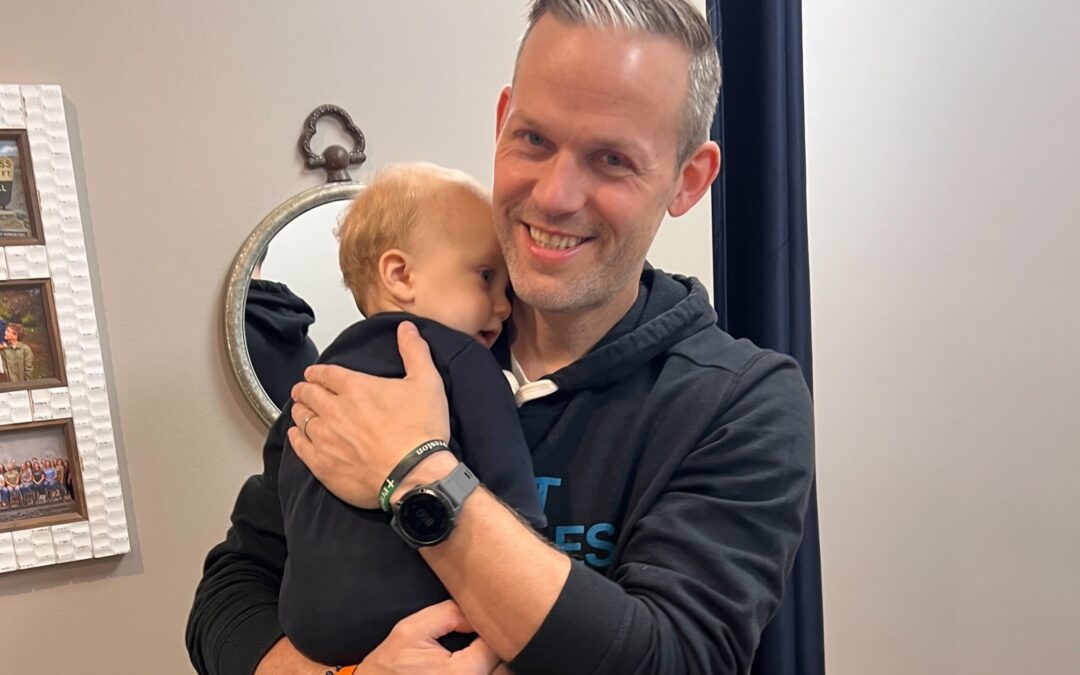
Are you a parent who feels like you’ve exhausted all options when it comes to...
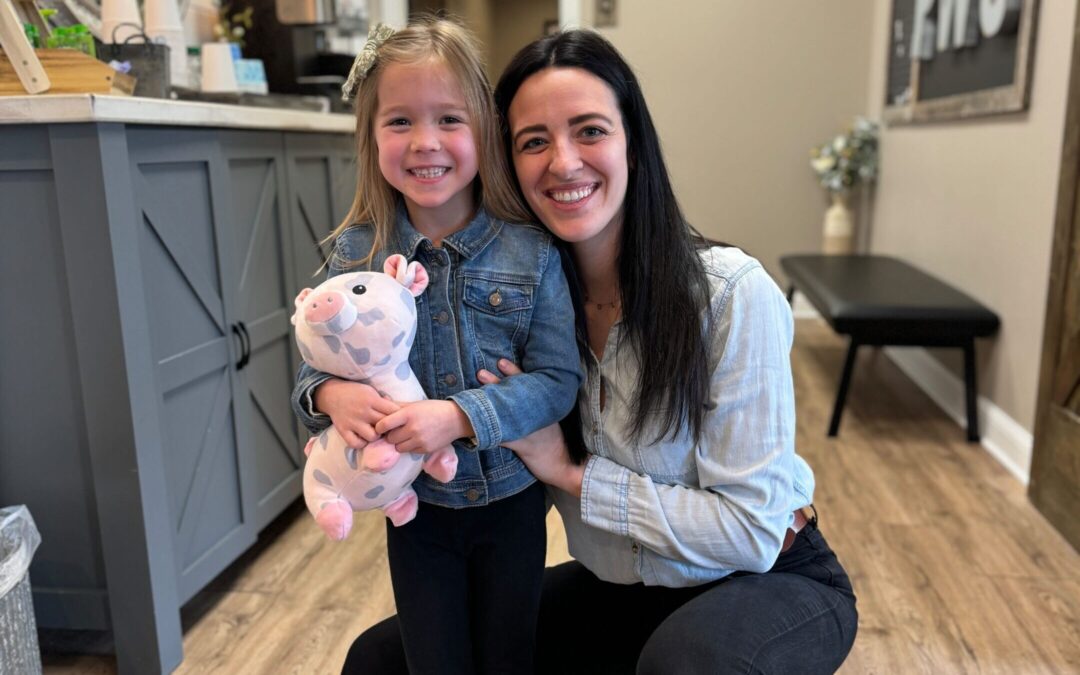
If you are a parent of a child who is struggling with chronic health issues,...
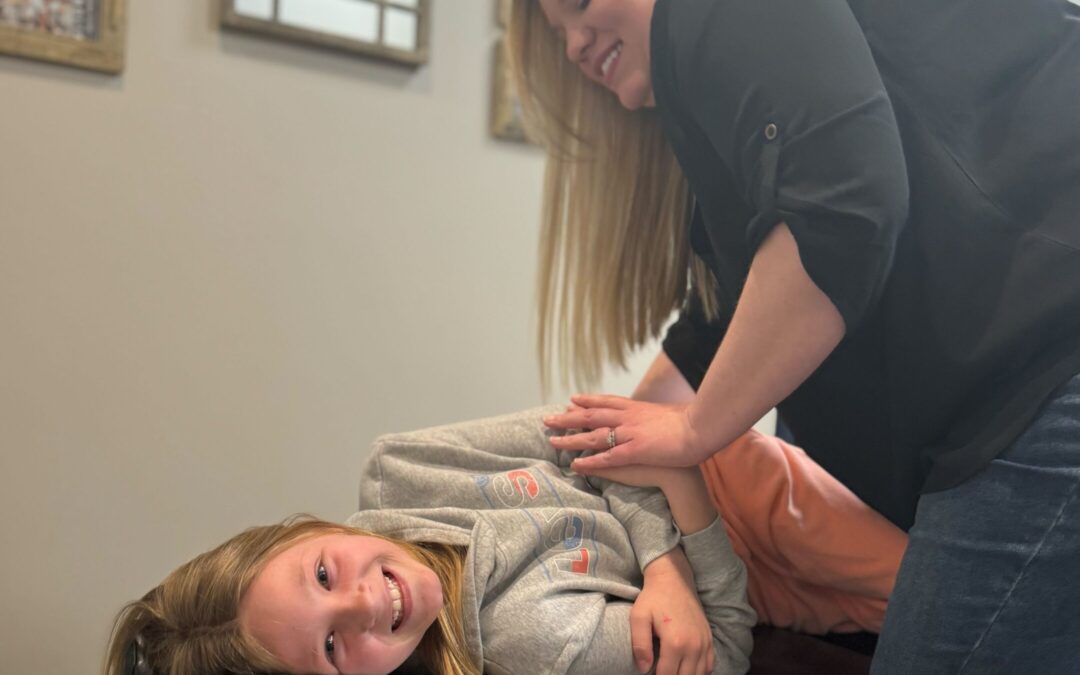
Do you feel stressed? Chances are you do, since 75% of Americans regularly...
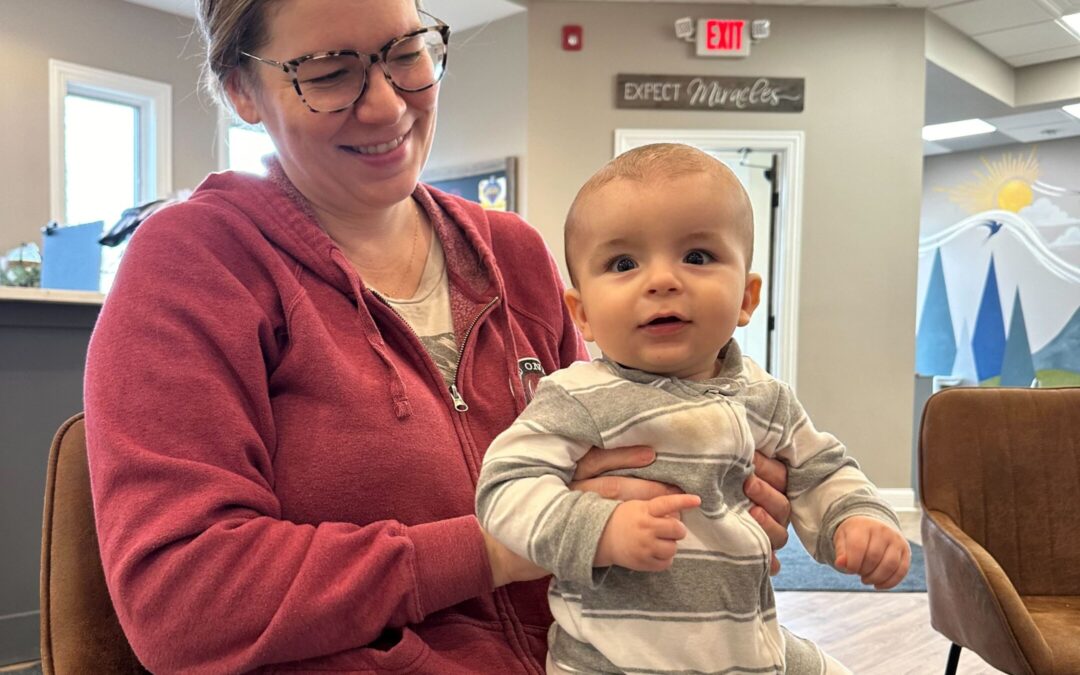
Motherhood is an excessive amount of responsibilities, from caring for our...
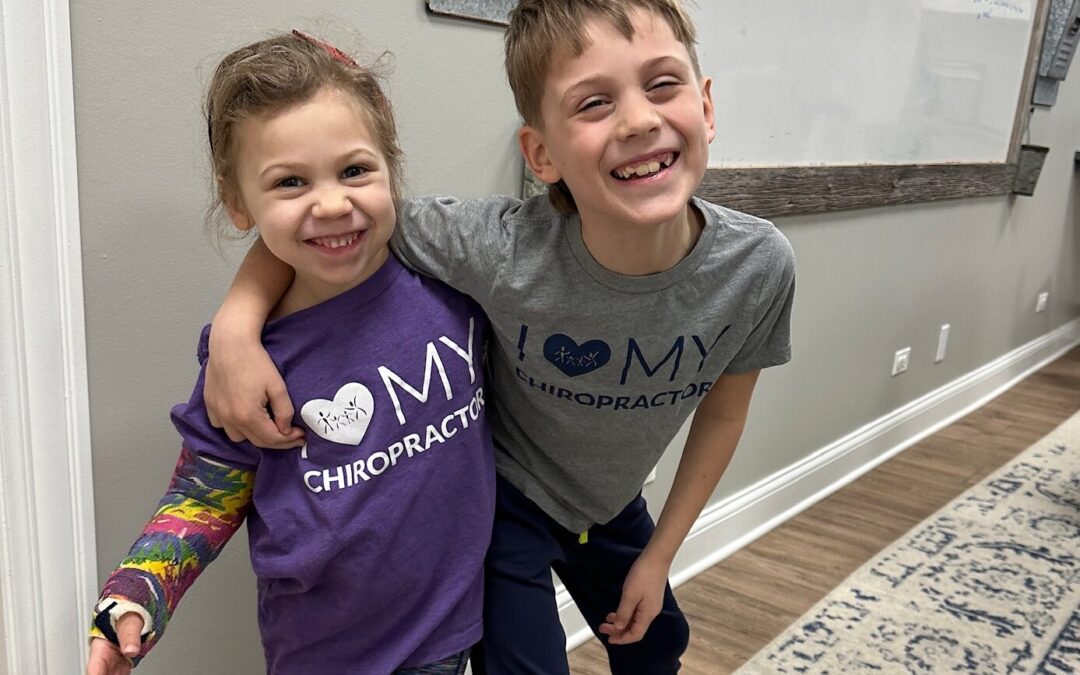
Like most children struggling with autism, Stella’s daily struggles were not...

Are you a parent exhausted from the endless cycle of trying to solve your...
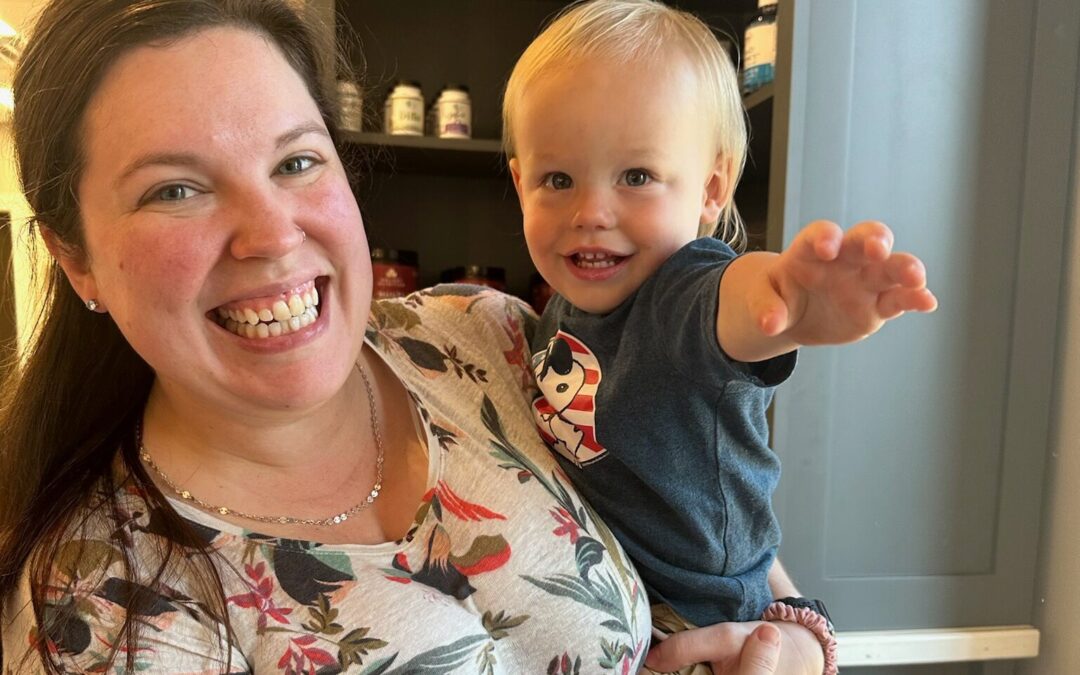
When your child struggles with sensory issues – daily meltdowns, refusal to...
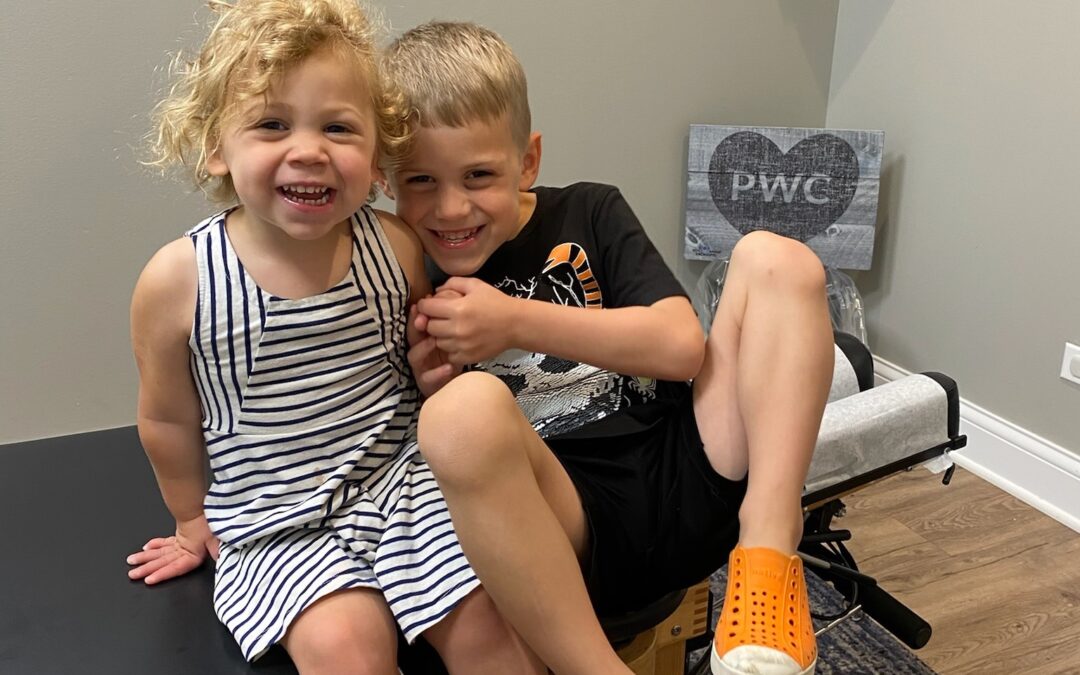
As parents, we're constantly navigating the unknown, seeking answers and...
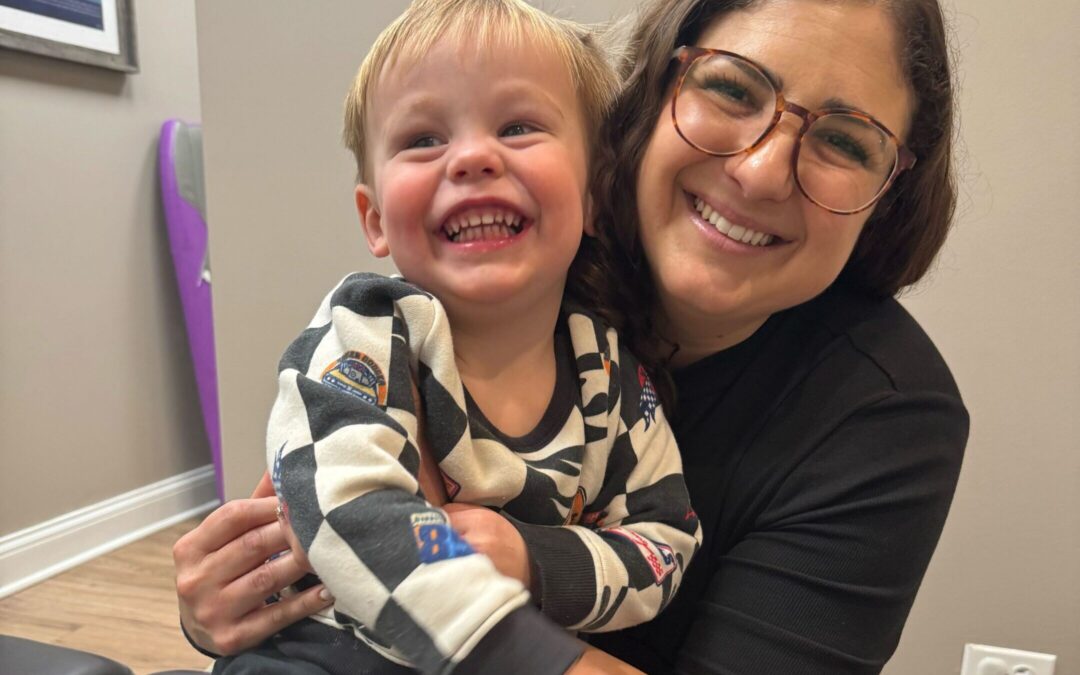
If you're a parent struggling with the challenges of chronic neurological...
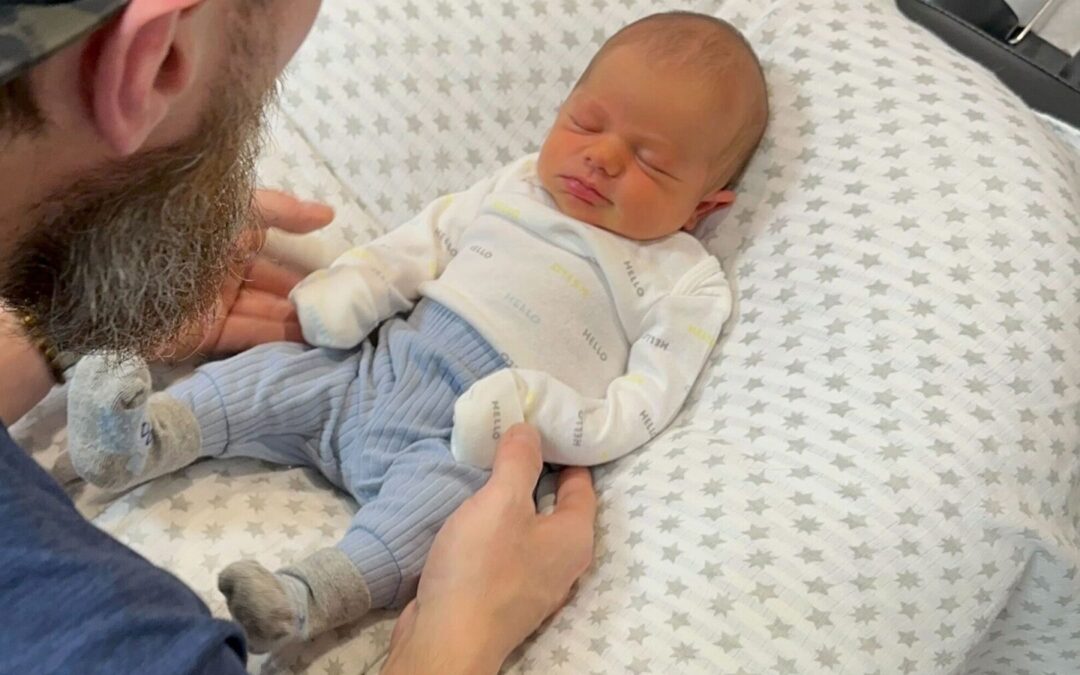
The moment those two lines appear on the pregnancy test, the most joyful...
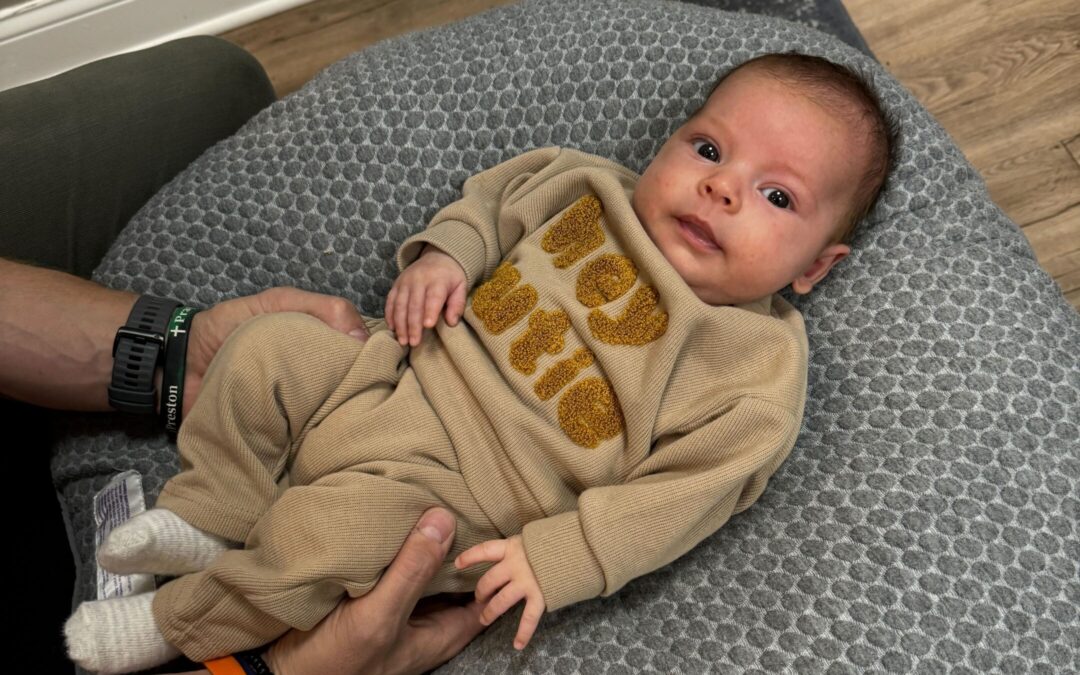
As a parent, nothing can prepare you for the distress of seeing your baby cry...
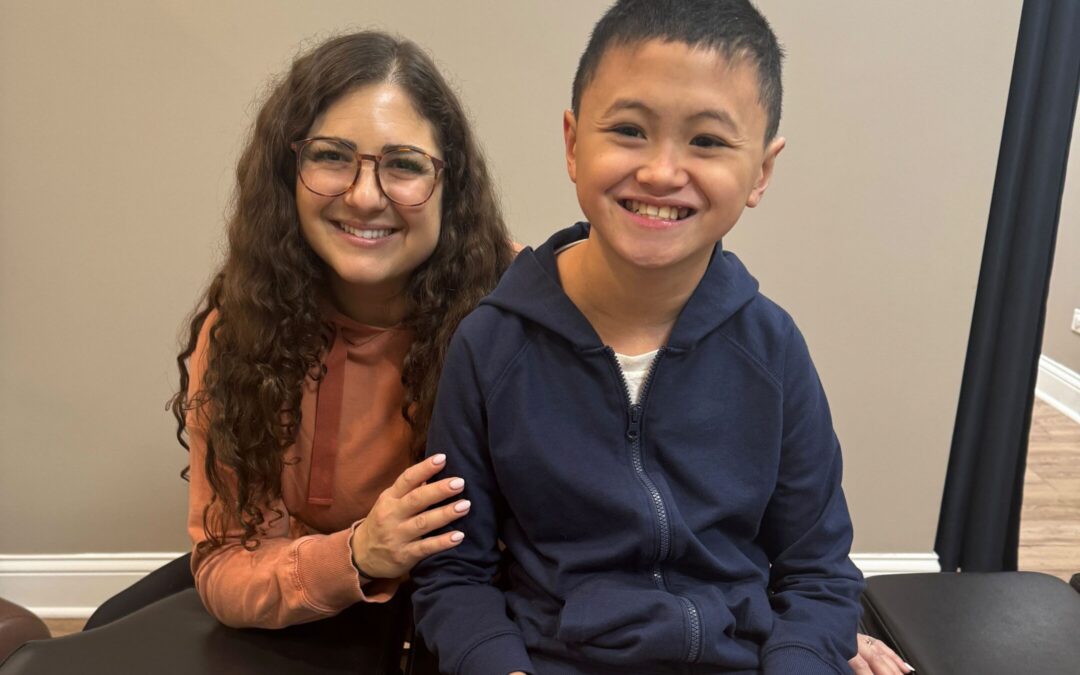
As parents, we all envision a future where our children are not just...
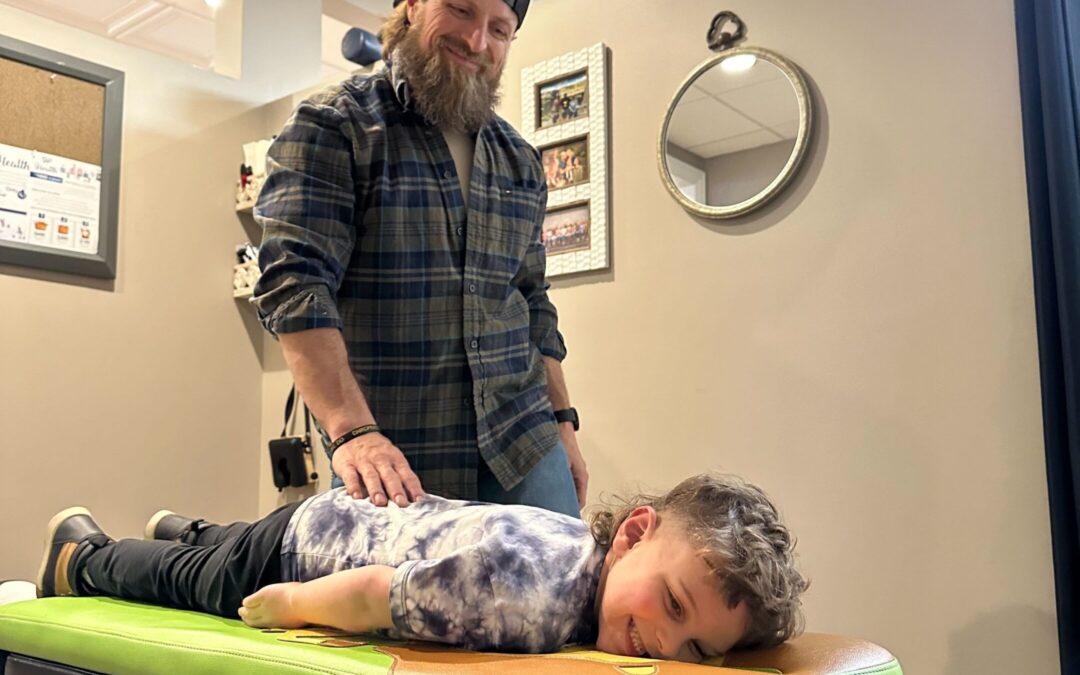
Raising children with sensory issues can be a challenging journey, both...
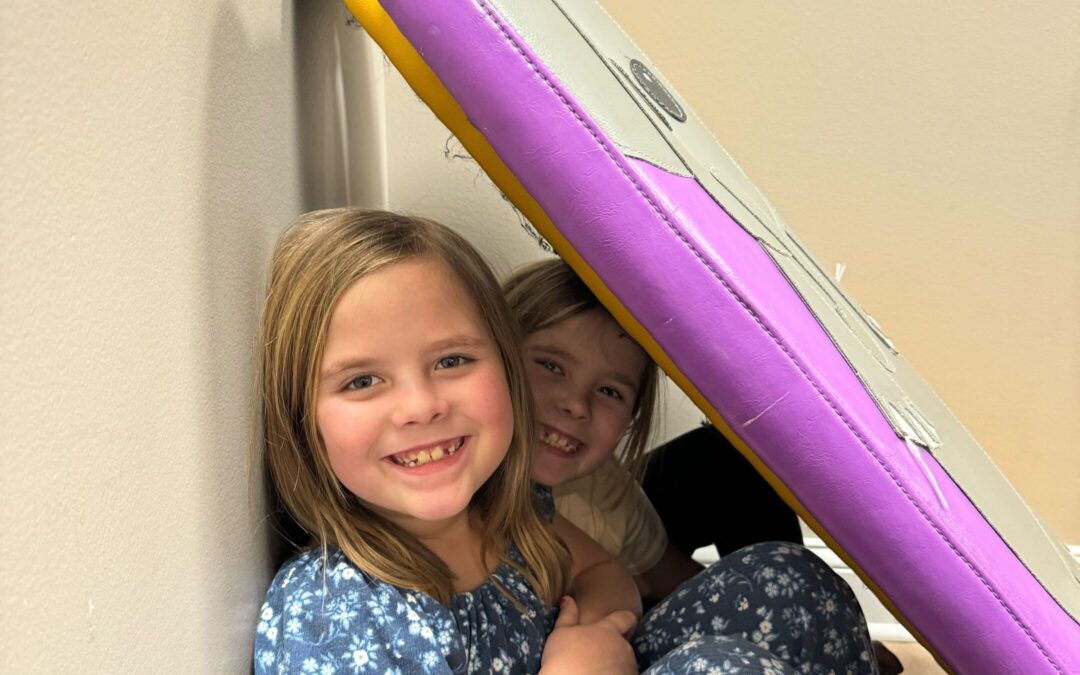
Living with sensory processing issues is challenging for both children and...
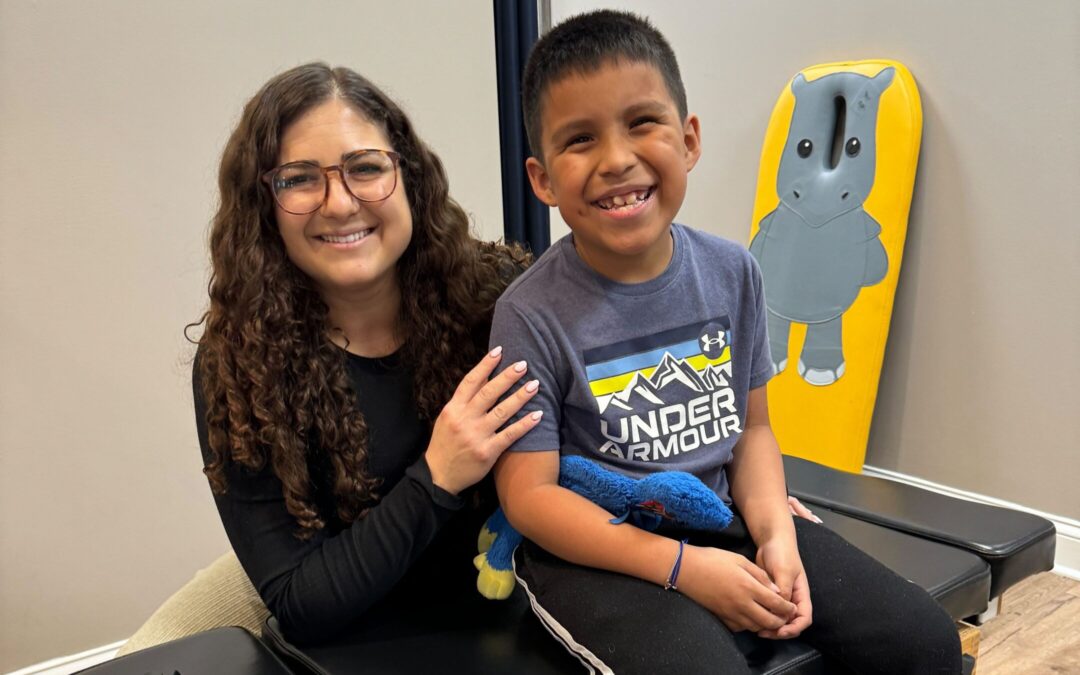
Today, 1 in 6 kids experience sensory issues, and 5% experience it daily. This...
Directory
Our network of trusted experts, the PX Docs, are a simple search away. Enter your city and state below to search our directory of doctors.
